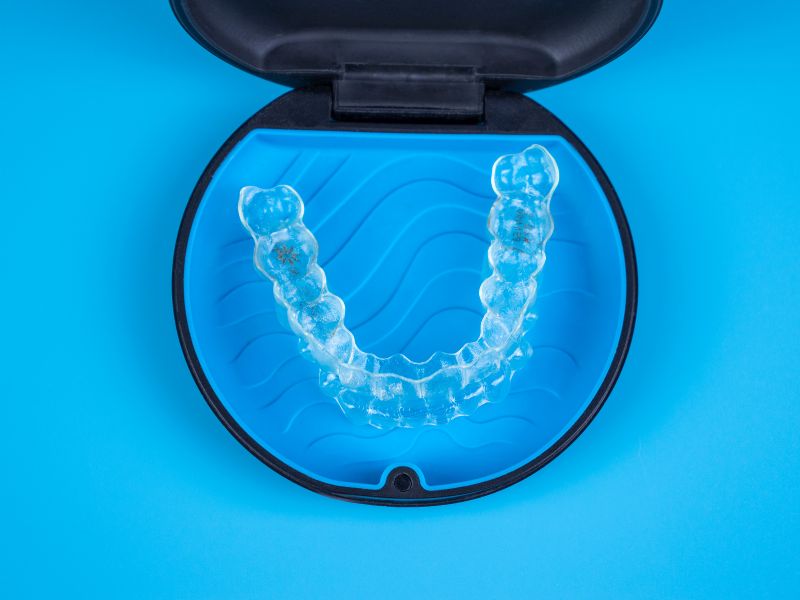Most people have heard of invisible aligners and are aware of how these seemingly simple plastic forms have changed the face of adult orthodontics. However, what most people may be unaware of are the potential complications that may occur in the first few days of wear.
Not with the aligner causing discomfort or being difficult to care for, but rather about how it may impact how you speak!
The mouth is sensitive to any changes, and as such, you will need some help when it comes to wearing your aligners so that they don’t cause a prolonged lisp.
So, if you have just had a clear or invisible aligner fitted, what are some of the best ways you can speed up the process of learning to speak clearly? Read on for a quick guide!

5 tips to help you speak freely with invisalign
Do tongue exercises
Most people are aware of how much the tongue and its movements can impact how someone talks.
So, when you have even the slightest thin frame pressing against the tongue, it needs to learn how to move differently. When it comes to wearing Invisalign London, one of the easiest ways to get used to talking while wearing it is to move your tongue around your mouth.
Stick your tongue out (in private, or it may get misconstrued!) and roll your tongue around in your mouth. Move it from side to side, so it can get used to the feeling of the aligner in your mouth.
Related Posts
Sing!
OK, so no one is suggesting you try out for Britain’s Got Talent when you have just started wearing aligners, but it is interesting to note that when you sing, you are using different muscles from the ones you would use when talking normally.
So, it is easier to learn to talk while wearing aligners if you have been singing regularly. As before, it doesn’t have to be to a level where you can go to Carnegie Hall, but singing along to your favorite songs a few times a day can be beneficial.
Practice talking
When you find that you suddenly have a lisp, it is normal to feel embarrassed and to hide away without talking. When it comes to using aligners, this is counterproductive as your tongue and mouth do not get the practice that they need to help you adapt to the aligners.
So, even if you do sound like you have a lisp or you are talking with an odd inflection, keep talking. While it may get a giggle out of your friends, family, and colleagues, it is necessary to get you used to speaking with the aligners, and will help to minimize any issues you have with your speech.
Report prolonged issues to your dentist
Humans are remarkably adaptable, and as invisible aligners are removable, it is easier for many people to adapt to them over braces.
However, if, even after a few days of doing all of the aforementioned exercises, there are still issues, you will need to talk to your dentist or orthodontist. This is because the aligner may not be correctly fitted and will need to be reviewed. So, always keep an eye out for any abnormalities.



